
Quantum computing is a fascinating and rapidly evolving field, and understanding its intricacies can be a bit daunting. It’s not just about faster processors; it represents a fundamentally different way of processing information, leveraging the principles of quantum mechanics. Think about it – traditional computers use bits, which are either 0 or 1. Quantum computers, on the other hand, use qubits, which can be 0, 1, or a superposition of both simultaneously. This superposition, along with entanglement, allows quantum computers to perform calculations that are simply impossible for classical computers.
Understanding the Quantum Computer’s Architecture

The diagram above gives a glimpse into the conceptual layout of a quantum computer. Notice the various layers and components involved. It’s not just a single chip like in your desktop computer; it’s a complex system of interconnected parts, each playing a crucial role in the quantum computation process. We have the control and readout mechanisms, which are responsible for manipulating and measuring the qubits. These are often implemented using microwave pulses or laser beams. Then, there’s the quantum processor itself, where the qubits reside. The processor needs to be shielded from the environment to minimize decoherence. Decoherence is the phenomenon where qubits lose their quantum properties due to interactions with the external world, a major hurdle in quantum computing. Cooling systems are essential to maintain the extremely low temperatures required for many qubit technologies to function properly. Imagine trying to keep something colder than outer space! The entire setup is often enclosed in sophisticated shielding to isolate the qubits from external noise and electromagnetic interference. It’s a delicate balancing act between maintaining a controllable quantum environment and performing meaningful computations.
Exploring Different Quantum Computing System Architectures
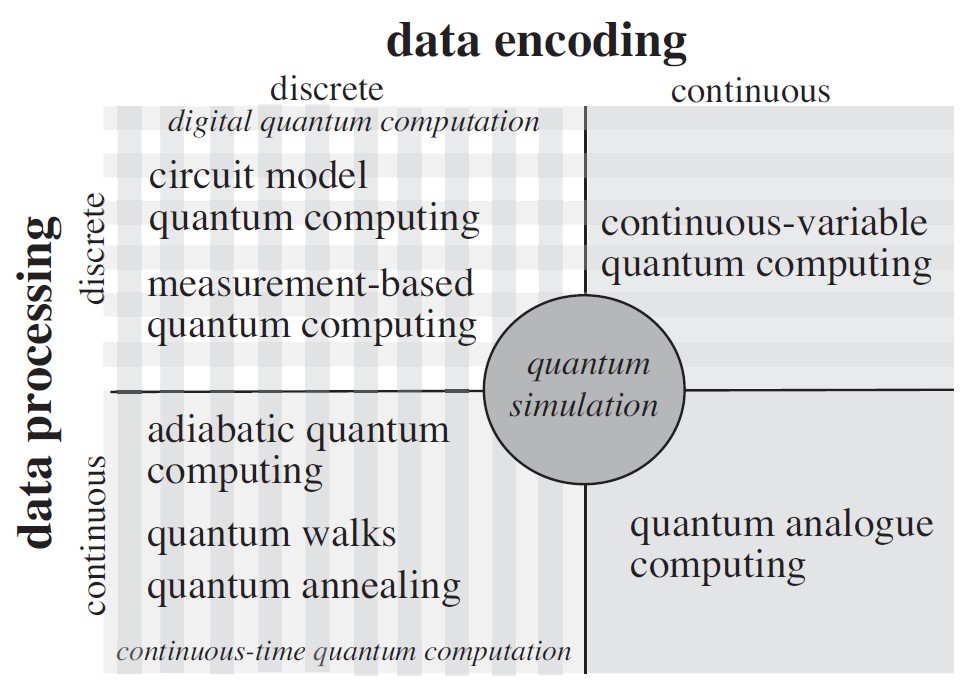
The image illustrates different architectural approaches to building quantum computers. Several technologies are being explored to create robust and scalable qubits. Superconducting qubits, trapped ions, and photonic qubits are among the leading contenders. Each approach has its own advantages and disadvantages in terms of coherence times, scalability, and controllability. For example, superconducting qubits are relatively easy to fabricate using existing microfabrication techniques, but they are also susceptible to noise. Trapped ions, on the other hand, offer longer coherence times but are more difficult to scale to large numbers of qubits. Photonic qubits utilize photons, which are naturally less susceptible to environmental noise. Each architecture requires a different set of control electronics, cooling systems, and error correction strategies. Error correction is crucial for mitigating the effects of decoherence and ensuring the accuracy of quantum computations. The quest for fault-tolerant quantum computers is a major focus of research. As you can see, it’s not a one-size-fits-all situation; different applications may benefit from different qubit technologies and architectural designs. The field is still relatively young, and there is much ongoing research to determine the optimal path forward. The diversity of approaches reflects the immense complexity and challenges involved in building reliable and powerful quantum computers.
If you are searching about (PDF) Quantum system architecture diagram – DOKUMEN.TIPS you’ve visit to the right page. We have 10 Pics about (PDF) Quantum system architecture diagram – DOKUMEN.TIPS like Quantum Computing Systems & Architecture | Quantum Science & Engineering, (PDF) Quantum system architecture diagram – DOKUMEN.TIPS and also quantum-computer-architecture | Information and Reality. Here you go:
(PDF) Quantum System Architecture Diagram – DOKUMEN.TIPS

dokumen.tips
Quantum Computing & Simulation | Argonne National Laboratory
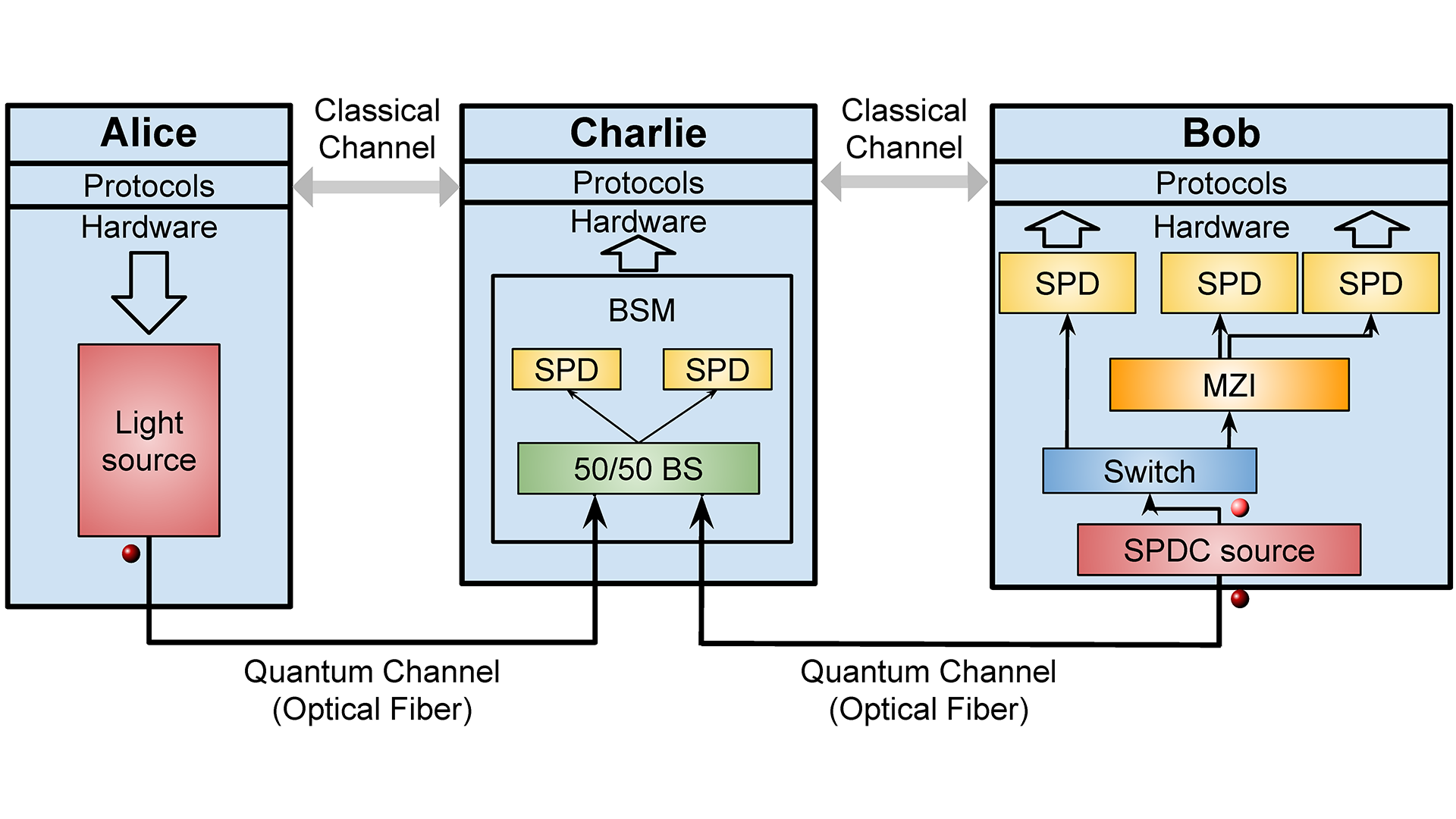
www.anl.gov
quantum computing simulation
Quantum Computing Systems & Architecture | Quantum Science & Engineering
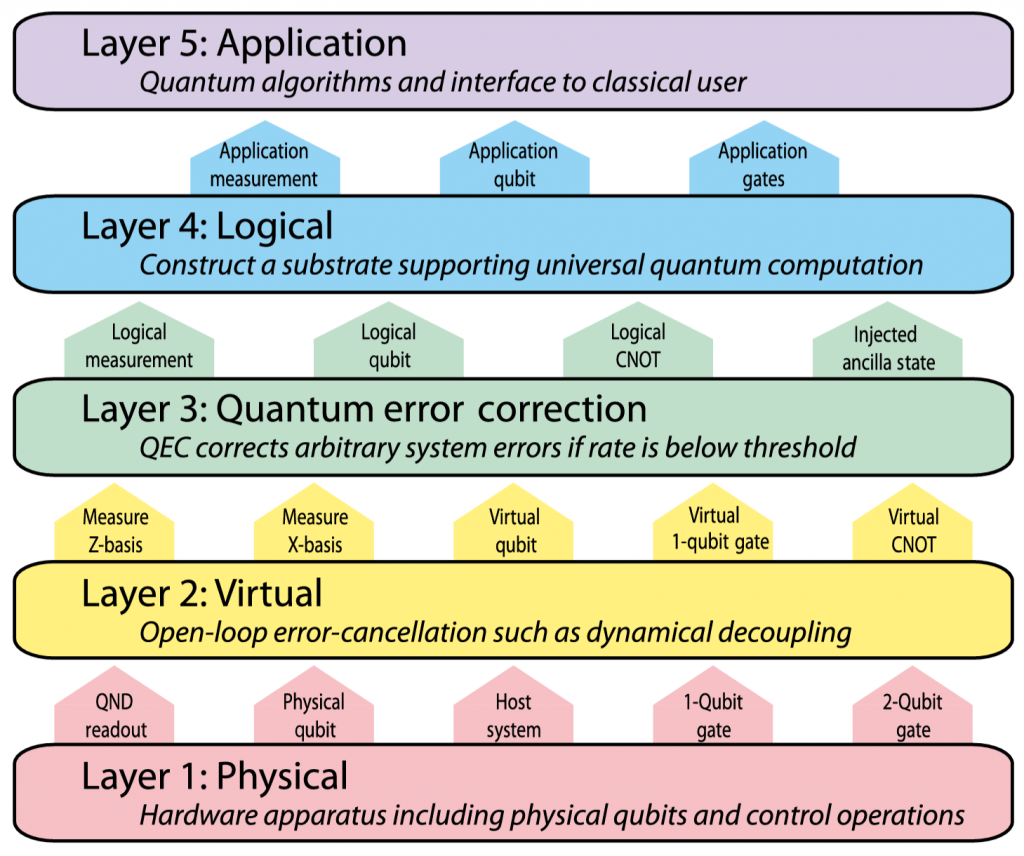
quantum.cornell.edu
Data Warehouse Example Diagram Quantum Computing Images
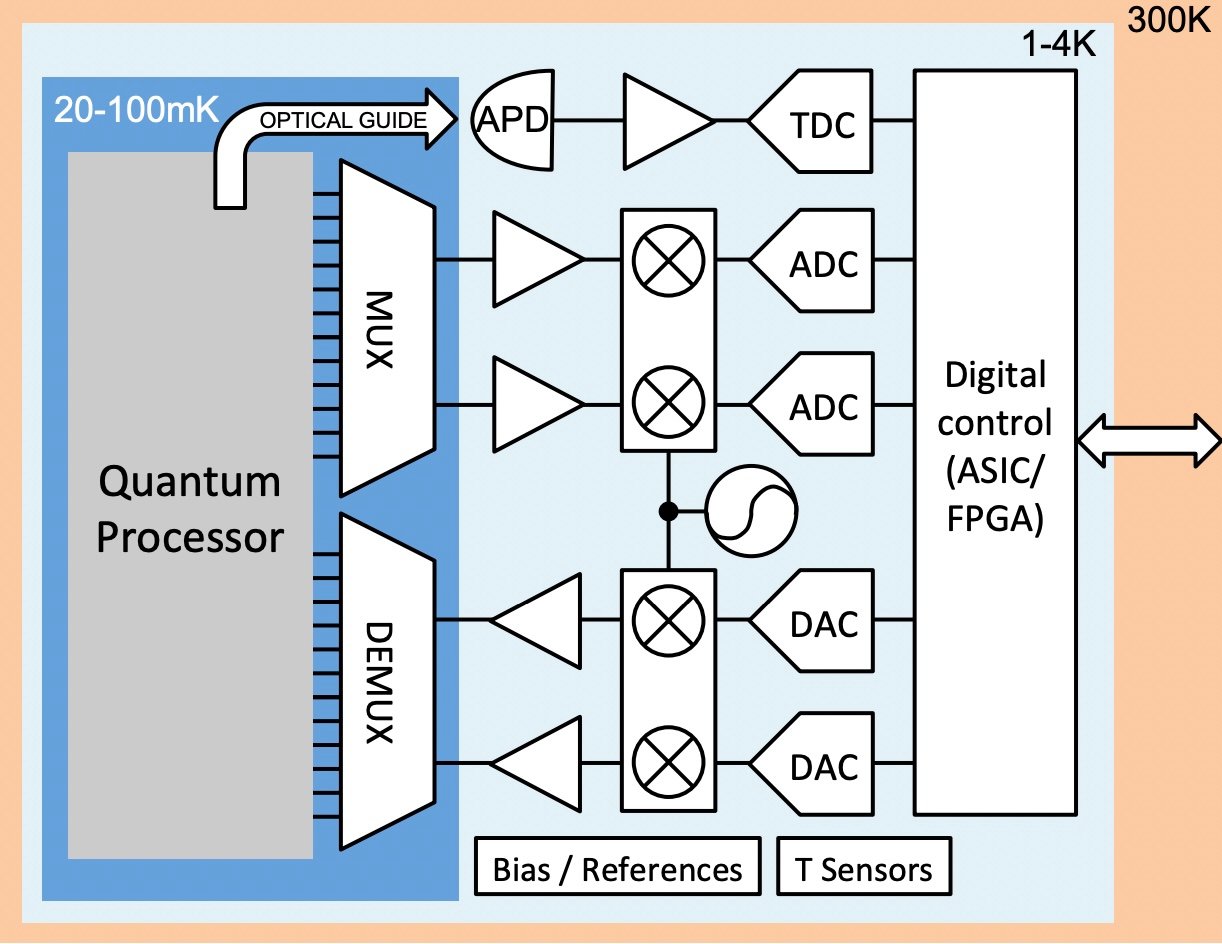
www.tpsearchtool.com
Quantum Computing System Architectures – Electrical Engineering News

www.eeworldonline.com
quantum computing architectures continuous discrete encoding royal
Quantum Computing – Introduction To IT Architecture Video Tutorial
www.linkedin.com
Architecture And Design Automation For Quantum Computing | VAST Lab
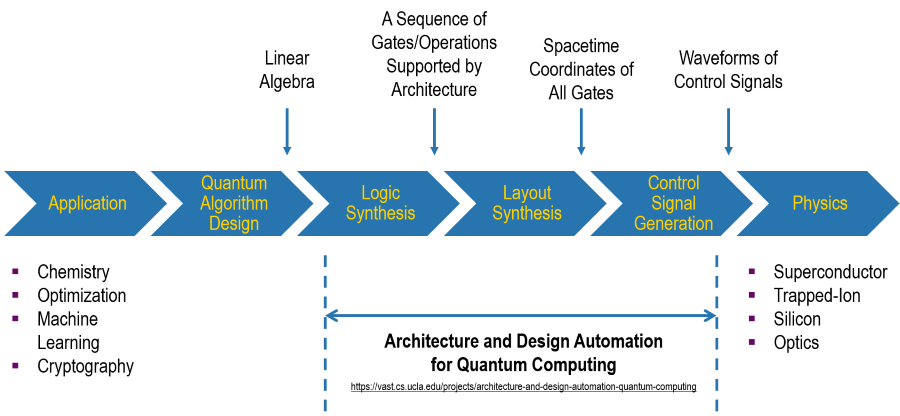
vast.cs.ucla.edu
quantum computing implementation automation vast
Quantum Computing For Everyone IT Layered Stack Architecture Of Quantum

www.slidegeeks.com
Quantum Computer Diagram – Joe Brannon

joebrannon.com
Quantum-computer-architecture | Information And Reality

informationandreality.com
Quantum computing simulation. Quantum computing systems & architecture. Data warehouse example diagram quantum computing images


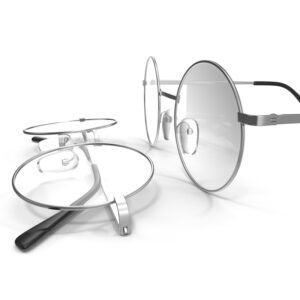

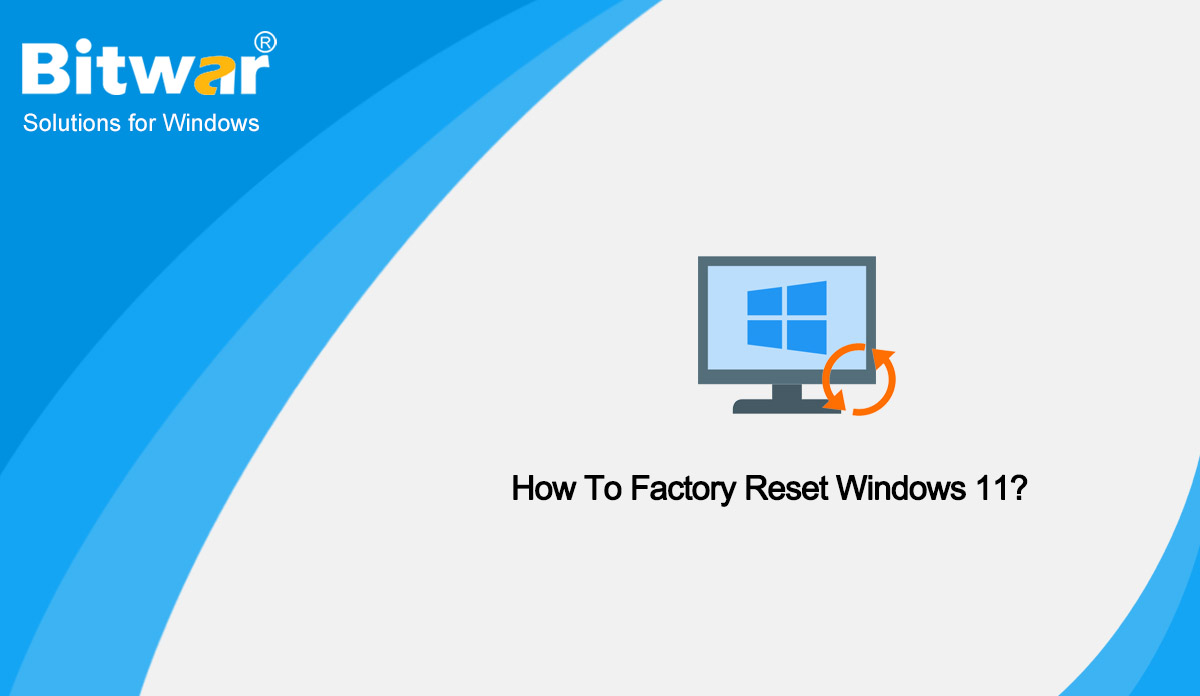
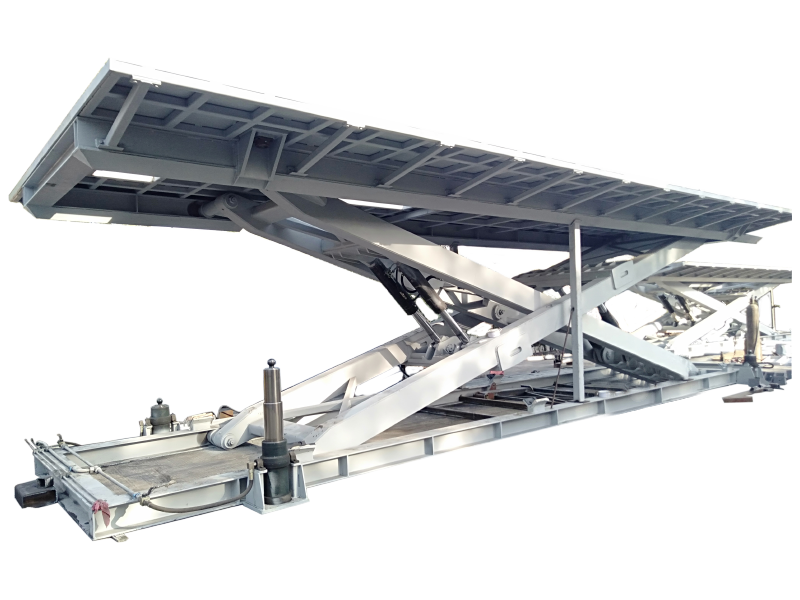


:max_bytes(150000):strip_icc()/008_how-to-factory-reset-a-lenovo-laptop-5115817-a67348722ce94f9783881ea29e596310.jpg)